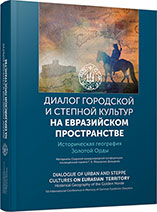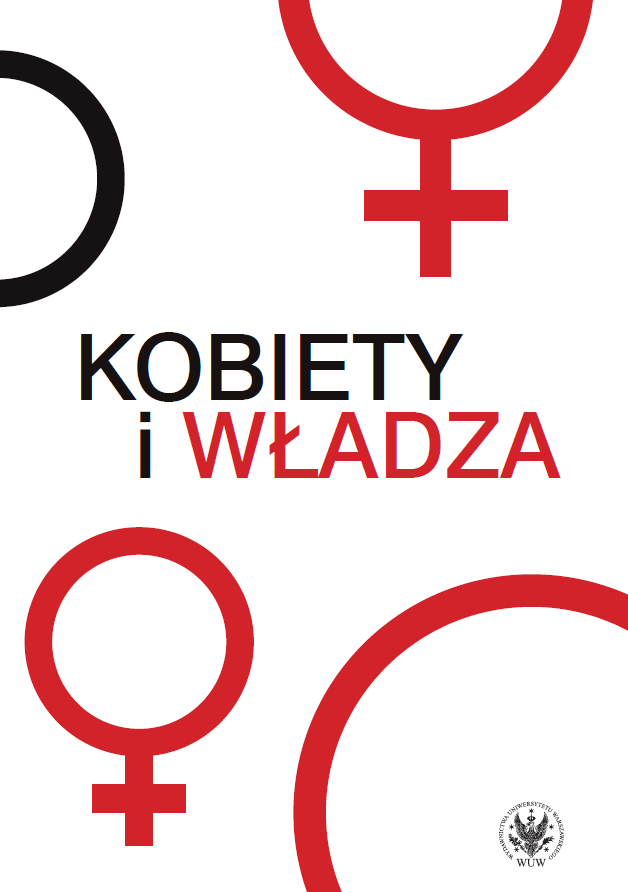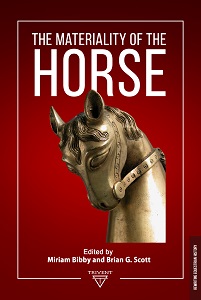
Топография поселений округи золотоордынского Болгара
The city of Bolgar situated 50 km south from the Kama river mouth occupied an advantageous geographical position. Starting from 10th century, the territory, which had been closely connected with Bolgar throughout the entire period of its existence up to the early 15th c., began to develop around the city. This territory occupied both the left and the right bank of the Volga. After the Mongol invasion, the number of settlements in the area considerably reduced. The remaining ones, closely connected with Bolgar, gained further development and actively participated in the commodity-money relations of the Golden Horde Bulgar ulus.
More...

